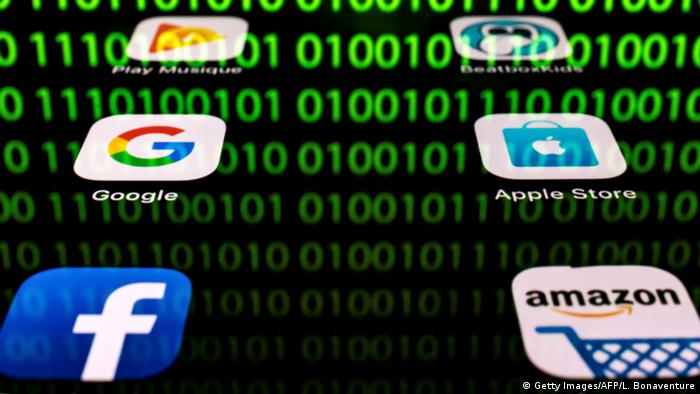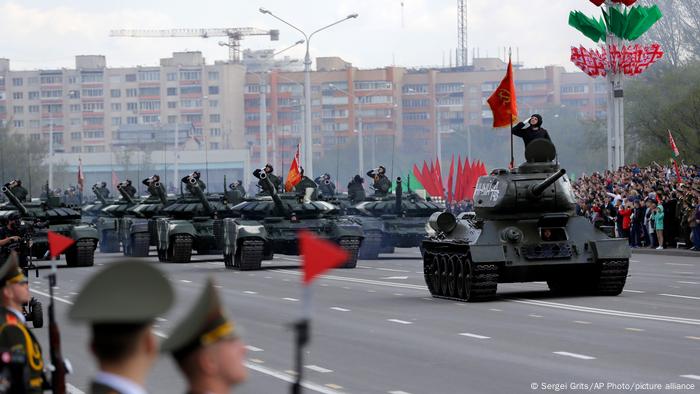[ad_1]
The Google Play Store is in use with very large restrictions in Russia, due to Western sanctions after the attack on Ukraine. Soon a Russian alternative starts working, which has passed the testing stage.
The Russian alternative to the Google Play Store is in the testing phase. It will enable users to download paid Android Smartphone applications, which are no longer available to users from Russia following Moscow’s attack on Ukraine. Only free applications can be downloaded as before.
The official name of the new market for mobile applications is NashStore and it was initially said that it would be made available on the day of the May 9 holiday. National Day of May 9 commemorates the Soviet Union’s victory over Nazi Germany in World War II.
What is NashStore?
NashStore, which means “our store”, is an application that runs on Android Smartphones and other devices. It allows users in Russia and other former Soviet Union countries linked to Moscow to download, purchase, upgrade and update paid applications, or make subscription payments similar to Google Play Store. The developer of this application describes it as “resistant to sanctions”.
NashStore operates with Russian bank cards under the Mir payment system, which was created to evade previous international sanctions against Moscow and reduce Russia’s dependence on US payment platforms such as Visa and Mastercard.
However, this app store has far fewer apps in number than the Google Play Store, although according to The Register website, 500 developers have joined the NashStore community.
Why was NashStore created?
Western sanctions against Russia’s financial and banking sector have been in place since March over Moscow’s attacks on Ukraine.
This prompted the Alphabet concern, which includes Google Play and Youtube, to discontinue all payment-based services on its Russia platform. This means that Russian users can no longer subscribe to newspapers, magazines, books and audio or video content downloaded to their Android devices from the Google Play Store.
YouTube even shut down the source of money for video producers in Russia, prompting Russian youtubers to switch to the country’s competing platform, RuTube. In response, the Kremlin restricted access to Western social media platforms such as Twitter, Facebook and Instagram in Russia and accused them of supporting the West in disseminating information about the invasion of Ukraine, which Moscow calls a “special military operation.”
Who is hiding behind NashStore?
The new application was developed by the ANO digital platform. When announcing the project in late March, Vladimir Zykov, project director at the digital platform, said: “Unfortunately the Russians can no longer use Google Play normally to buy applications and developers have lost the source of it. income. ” Therefore, the Russian application store, NashStore, was created.
A letter on the NashStore website defends the creation of the application: Due to the “great pressure of Western firms” on Russia, it is “the duty of public organizations and associations to do everything possible to offer local alternatives to firms and citizens. rus. ” The venture behind the application is both an association of the technology sector and information technology consulting firms. In addition, the ANO digital platform owns a database, which brings together software developers and business clients.
Why was the start scheduled for May 9?
May 9 is a day of great symbolic significance for the Russians. The country traditionally hosts a large military parade on Red Square in Moscow to celebrate the anniversary of German capitulation and the Soviet Union’s victory over Nazi Germany in World War II.
Under the leadership of then-President Vladimir Putin, the parades have become even more gigantic and this day gained more and more weight in Russia. This year the importance has increased even more due to the war in Ukraine and the introduction of the application is seen as a consoling reaction to the Western sanctions that have paralyzed the Russian economy./DW
top channel
[ad_2]
Source link

















